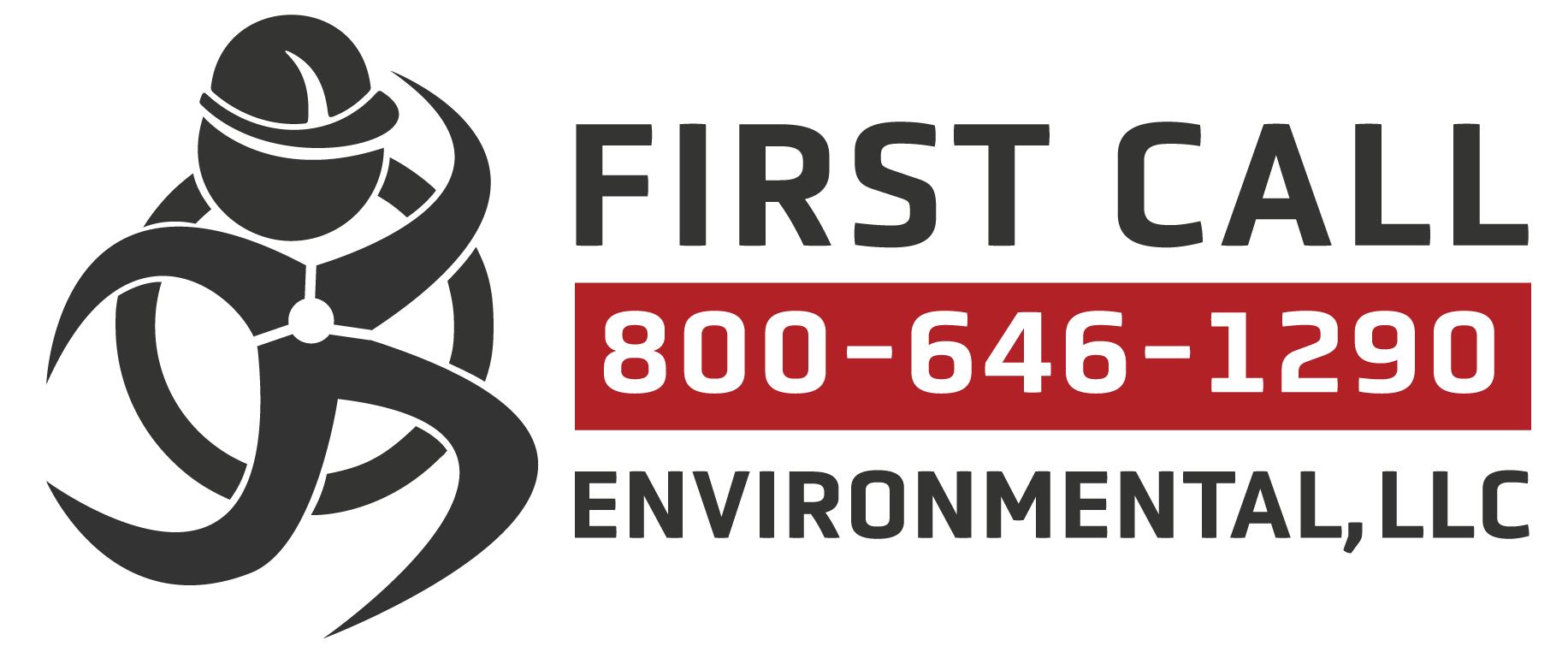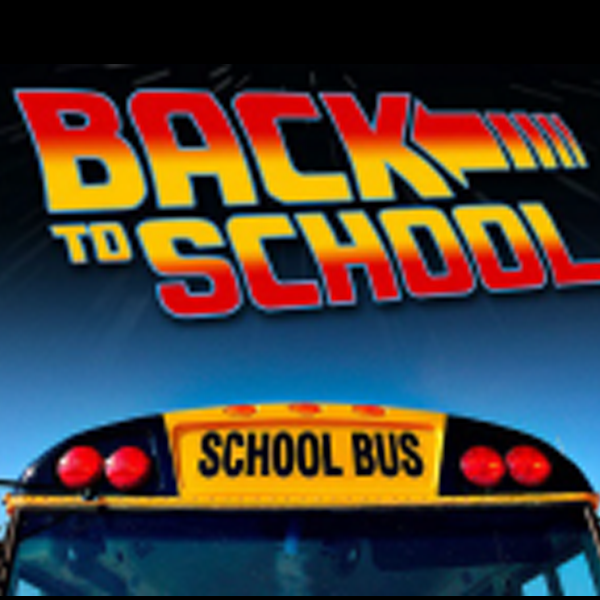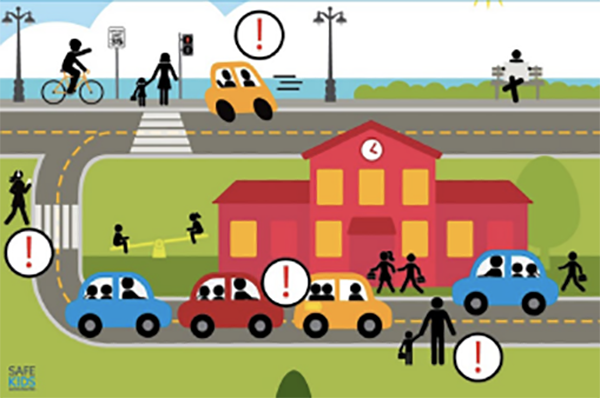Summer is almost over
As summer draws to a close and children start heading back to school, things can get pretty hectic. It’s important to remember – and as you head out on your daily trip – some key tips that will help keep the kids safe and healthy throughout the school year.
Slow Down: Back to School Means Sharing the Road
School days bring congestion: School buses are picking up their passengers, kids on bikes are hurrying to get to school before the bell rings, harried parents are trying to drop their kids off before work. It’s never more important for drivers to slow down and pay attention than when kids are present –especially before and after school.
If You’re Dropping Off
Schools often have very specific drop-off procedures for the school year. Make sure you know them for the safety of all kids. The following apply to all school zones:
- Don’t double park; it blocks visibility for other children and vehicles
- Don’t load or unload children across the street from the school
- Carpool to reduce the number of vehicles at the school
Sharing the Road with Young Pedestrians
According to research by the National Safety Council, most of the children who lose their lives in bus-related incidents are 4 to 7 years old, and they’re walking. They are hit by the bus, or by a motorist illegally passing a stopped bus. A few precautions go a long way toward keeping children safe:
- Don’t block the crosswalk when stopped at a red light or waiting to make a turn, forcingpedestrians to go around you; this could put them in the path of moving traffic
- In a school zone when flashers are blinking, stop and yield to pedestrians crossing thecrosswalk or intersection
- Always stop for a school patrol officer or crossing guard holding up a stop sign
- Take extra care to look out for children in school zones, near playgrounds and parks, and in allresidential areas
- Don’t honk or rev your engine to scare a pedestrian, even if you have the right of way
- Never pass a vehicle stopped for pedestrians
- Always use extreme caution to avoid striking pedestrians wherever they may be, no matterwho has the right of way
Sharing the Road with School Buses
If you’re driving behind a bus, allow a greater following distance than if you were driving behind a car. It will give you more time to stop once the yellow lights start flashing. It is illegal in all 50 states to pass a school bus that is stopped to load or unload children.
- Never pass a bus from behind – or from either direction if you’re on an undivided road – if it is stopped to load or unload children
- If the yellow or red lights are flashing and the stop arm is extended, traffic must stop
- The area 10 feet around a school bus is the most dangerous for children; stop far enough back to allow them space to safely enter and exit the bus
- Be alert; children often are unpredictable, and they tend to ignore hazards and take risks
Sharing the Road with Bicyclists
On most roads, bicyclists have the same rights and responsibilities as vehicles, but bikes can be hard to see. Children riding bikes create special problems for drivers because usually they are not able to properly determine traffic conditions. The most common cause of collision is a driver turning left in front of a bicyclist.
- When passing a bicyclist, proceed in the same direction slowly, and leave 3 feet between your car and the cyclist
- When turning left and a bicyclist is approaching in the opposite direction, wait for the rider to pass
- If you’re turning right and a bicyclists is approaching from behind on the right, let the rider go through the intersection first, and always use your turn signals
- Watch for bike riders turning in front of you without looking or signaling; children especially have a tendency to do this
- Be extra vigilant in school zones and residential neighborhoods
- Watch for bikes coming from driveways or behind parked cars
- Check side mirrors before opening your door
By exercising a little extra care and caution, drivers and pedestrians can co-exist safely in school zones.
School Zone Hot Spots
National Preparedness Month
https://www.ready.gov/september
National Preparedness Month is an observance each September to raise awareness about the importance of preparing for disasters and emergencies that could happen at any time. The 2021 theme is “Prepare to Protect. Preparing for disasters is protecting everyone you love.”
“Prepare to Protect” Preparing for disasters is protecting everyone you love.
Weekly Themes
Each week in September, the campaign will focus on a different aspect of preparedness for individuals, families and communities.
 Week 1 September 1-4: Make A Plan
Week 1 September 1-4: Make A Plan
Talk to your friends and family about how you will communicate before, during, and after a disaster. Make sure to update your plan based on the Centers for Disease Control recommendations due to the coronavirus.
 Week 2 September 5-11: Build A Kit
Week 2 September 5-11: Build A Kit
Gather supplies that will last for several days after a disaster for everyone living in your home. Don’t forget to consider the unique needs each person or pet may have in case you have to evacuate quickly. Update your kits and supplies based on recommendations by the Centers for Disease Control.
 Week 3 September 12-18: Low-Cost, No-Cost Preparedness
Week 3 September 12-18: Low-Cost, No-Cost Preparedness
Limit the impacts that disasters have on you and your family. Know the risk of disasters in your area. Learn how to make your home stronger in the face of storms and other common hazards. Check your insurance coverage to make sure it is up-to-date.
 Week 4 September 19-25: Teach Youth About Preparedness
Week 4 September 19-25: Teach Youth About Preparedness
Talk to your kids about preparing for emergencies and what to do in case you are separated. Reassure them by providing information about how they can get involved.



